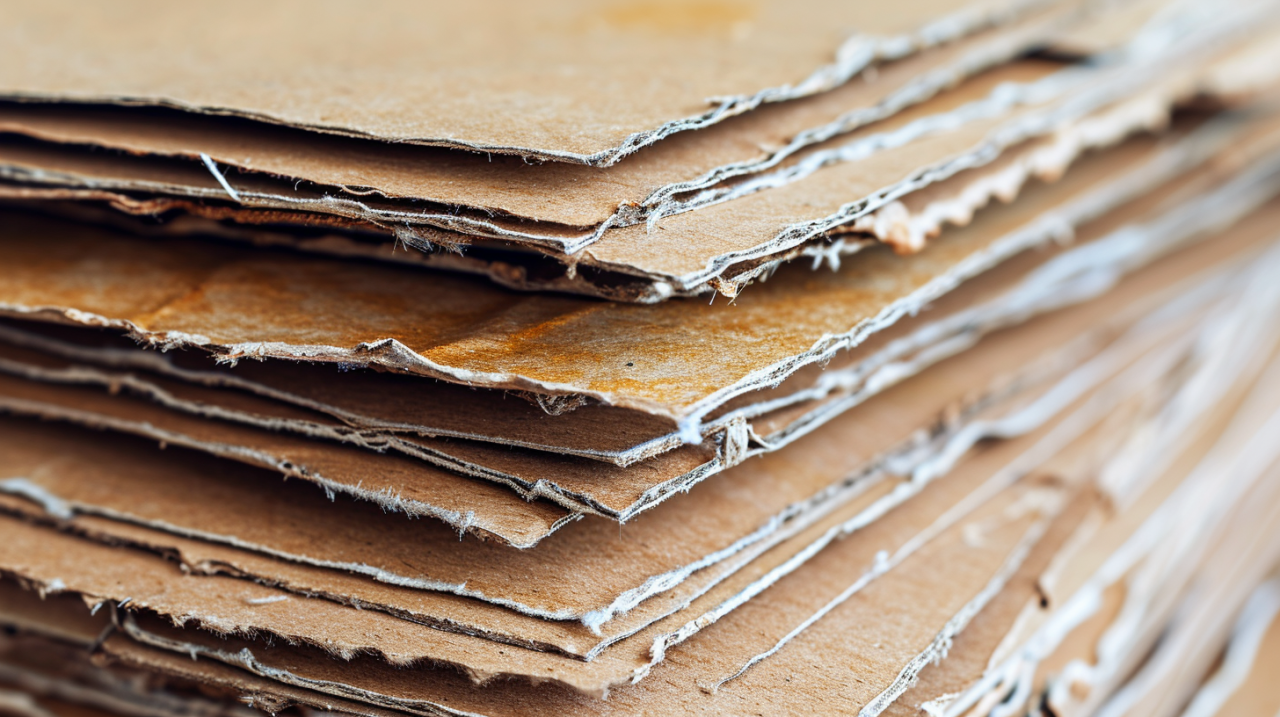
What are the pros and cons of chipboard?
Chipboard, also known as particle board, is a widely used material in the furniture and construction industries. It offers a range of benefits but also comes with certain drawbacks. Here’s a breakdown of the pros and cons of chipboard:
Pros of Chipboard
Cost-Effective: Chipboard is generally cheaper than other wood products like plywood or MDF, making it a cost-effective option for many applications.
Eco-Friendly: Made from recycled wood particles, sawdust, and chips, chipboard is considered environmentally friendly because it utilizes waste materials that might otherwise be discarded.
Versatility: Chipboard can be used in a variety of applications, including furniture, cabinetry, shelving, and flooring underlayment, thanks to its ease of cutting and shaping.
Smooth Surface: High-density chipboard provides a smooth surface that can be easily laminated, painted, or veneered, making it suitable for interior furnishings and decoration.
Lightweight: Compared to other wood products, chipboard is relatively lightweight, making it easier to handle and transport, which can reduce manufacturing and shipping costs.
Cons of Chipboard
Moisture Sensitivity: One of the major drawbacks of chipboard is its poor resistance to moisture. Exposure to water can cause swelling, warping, or deterioration of the material.
Lower Strength and Durability: Chipboard is not as strong or durable as plywood or MDF. It can be prone to chipping and breaking, especially around screw and nail holes, limiting its use in load-bearing applications.
Limited Exposure to Elements: Due to its poor moisture resistance, chipboard is not suitable for outdoor use or in environments with high humidity unless it is specially treated or covered.
Chemical Content: The adhesives used in the production of chipboard often contain formaldehyde and other chemicals, which can off-gas and contribute to indoor air pollution.
Aesthetic Limitations: While the surface of chipboard can be finished in various ways, the edges are rough and unattractive, usually requiring additional edge banding or treatments to conceal.
In summary, chipboard is a cost-effective, versatile, and environmentally friendly material, ideal for a wide range of indoor applications where high strength and moisture resistance are not critical. However, its susceptibility to moisture, lower durability, and chemical content limit its use in certain situations and environments.